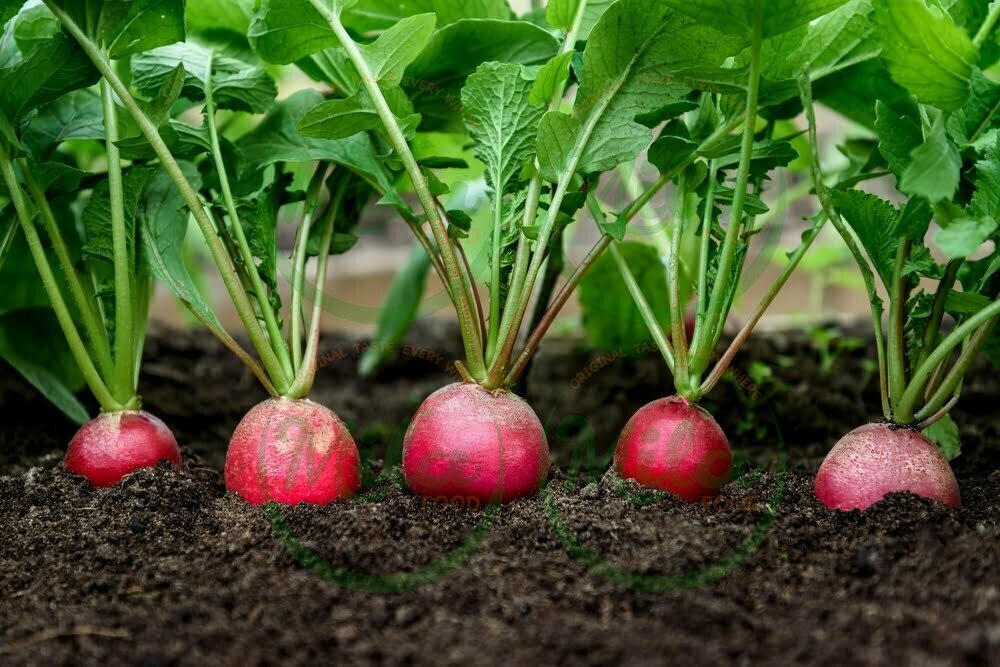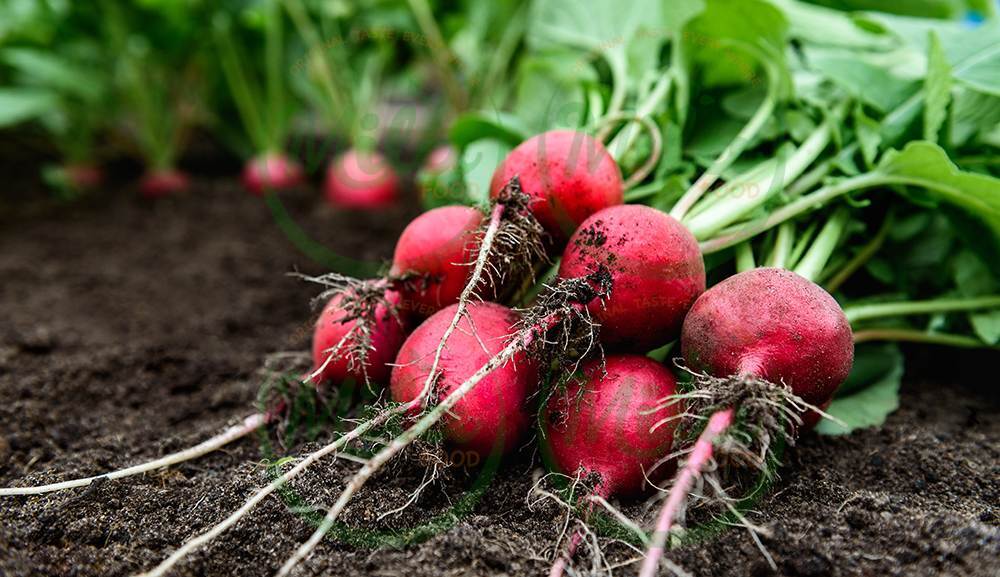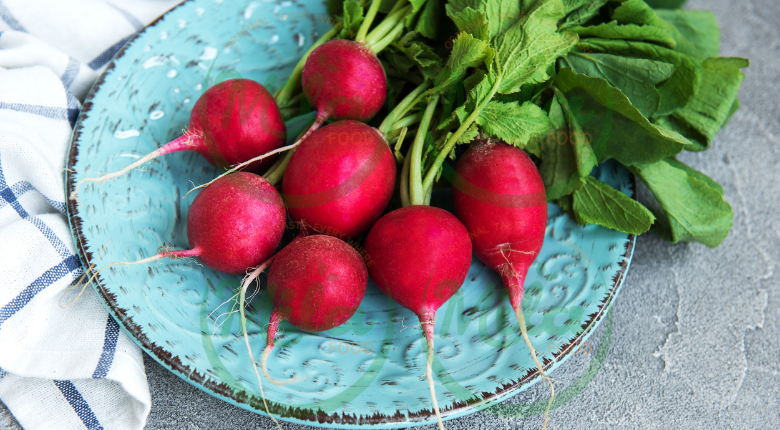


Egyptian radishes, where vibrant colors and refreshing flavors collide. These humble root vegetables have been an integral part of Egyptian cuisine for centuries, adding a zesty crunch to dishes and boasting a range of culinary and nutritional benefits. Join us as we explore the rich history, culinary versatility, and nutritional value of Egyptian radishes.
History and Origins: Egyptian radishes, scientifically known as Raphanus sativus, have a storied history dating back to ancient civilizations. Originating from Asia, radishes have been cultivated in Egypt for millennia, thriving in the fertile soils of the Nile Delta. References to radish cultivation and consumption can be found in ancient Egyptian texts and artworks, highlighting their significance in Egyptian culture and cuisine. Today, Egyptian radishes continue to be celebrated for their vibrant colors and refreshing taste, embodying a legacy of culinary tradition and innovation.
Appearance and Flavor Profile: Characterized by their vibrant hues of red, pink, purple, and white, Egyptian radishes are as visually striking as they are flavorful. Their crisp texture and peppery flavor add a refreshing bite to salads, sandwiches, and other culinary creations. Whether enjoyed raw, pickled, or cooked, radishes offer a delightful contrast of flavors and textures, making them a versatile ingredient in Egyptian cuisine.
Culinary Uses and Applications: Egyptian radishes are prized for their culinary versatility and ability to enhance a wide range of dishes. They can be thinly sliced and added to salads for a peppery crunch, pickled for a tangy accompaniment, or roasted to bring out their natural sweetness. Radishes also shine as a garnish, adding color and freshness to soups, tacos, and sushi rolls. Their versatility extends to dips, where they can be grated into tzatziki or blended into hummus for added flavor and texture.
Nutritional Benefits: Beyond their culinary appeal, Egyptian radishes offer an array of nutritional benefits. They are low in calories and high in fiber, making them a satisfying and nutritious addition to meals. Radishes are also rich in vitamin C, potassium, and antioxidants, which support immune function, heart health, and overall well-being. Additionally, their natural compounds, such as glucosinolates, have been associated with potential cancer-fighting properties, making radishes a valuable addition to a balanced diet.
Cultivation and Sustainability: Egyptian radishes are cultivated using sustainable agricultural practices in the nutrient-rich soils of the Nile Delta. Farmers employ traditional methods such as crop rotation and organic fertilization to maintain soil health and biodiversity. By prioritizing sustainability, Egyptian radish cultivation ensures the preservation of local ecosystems while meeting the demands of a thriving culinary tradition.

